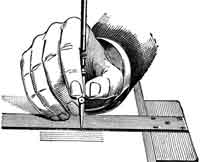
Why is Logging Good?
Logging is formally defined as the process of felling, skidding, on site processing and loading of logs and trees on trucks for transport. In simple terms, logging is simply the act of cutting down trees. In terms of legality, logging is one method of harvesting wood that is used in many manufacturing and industrial companies. Logging may be employed in four identified various measures. Tree length logging is one whereby only the branches and the main trunk is cut off, leaving the nutritional remains firmly into the soil. Full tree logging is another measure that cuts off the entire tree without disarming the branches. This method leaves the tree intact but compromises the roots and the nutrient giving bodies contained on the soil. The third identified method is known as the cut to length logging. In this process, the trees are cut, bucked and sorted in the area or within the forest. And the last method is called the springboard logging, where loggers use springboards to reach narrower levels of the trunk to facilitate easier cutting of the tree.
For most people, the term logging usually denotes a negative image. The term is usually attached to the illegal practice of cutting down trees for industrial and modernization purposes. However, many environmentalists and experts have claimed that logging is actually good for nature, if done in moderation. Logging is part of forest management. It is a common misconception that recycling actually saves trees. Recycling does not help in saving trees because trees naturally wither over a period of time. As trees grow old, they need to be replaced and to allow the soil to regain its natural richness. The process of logging therefore is good. It allows nature to regenerate fresh, new soil to grow healthy trees.












Leave a Reply